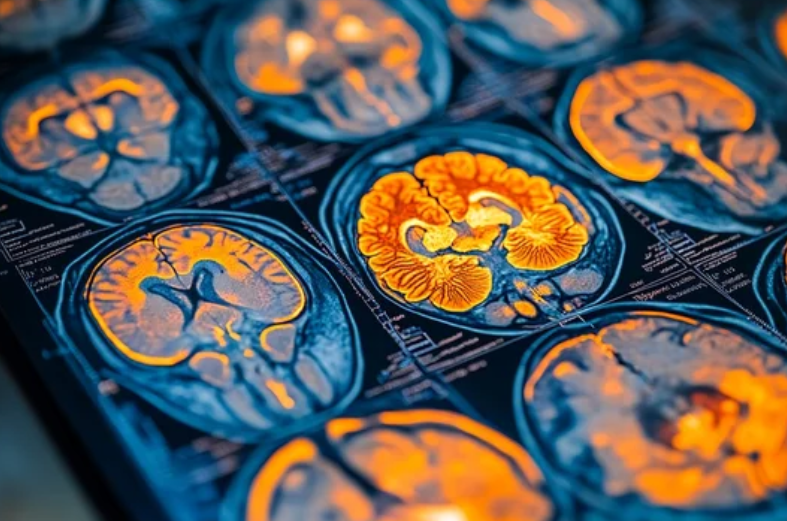Magnetic resonance imaging (MRI) has become a key tool in modern healthcare, especially when used in multidisciplinary treatment plans. Its ability to provide detailed images of soft tissues helps doctors from different specialties work together with more precise information. Integrating MRI results into treatment plans allows teams to make better decisions and improve patient outcomes.
Different specialists, such as oncologists, surgeons, and radiologists, use MRI to tailor care based on each patient’s unique condition. This helps create a more coordinated and effective approach, reducing unnecessary treatments and speeding up recovery times. MRI’s role goes beyond diagnosis; it actively supports ongoing treatment by guiding therapy and monitoring progress.
Using MRI in a team setting means workflows must adapt. Shared access to MRI data and clear communication between experts ensure the images directly benefit the patient. This process is already helping to shape more personalized and efficient care in hospitals.
Key Takeaways
- MRI enhances collaboration among healthcare specialists.
- It helps create personalized treatment strategies.
- Effective use of MRI requires clear team communication.
Role of MRI in Multidisciplinary Treatment Plans
MRI provides detailed images that improve the accuracy of diagnoses and guide treatment choices. It helps teams from different specialties work together by offering clear information on the disease and its response to therapy. This supports better planning in cancer care and surgery.
Enhancing Diagnostic Accuracy
MRI gives clear images of soft tissues, making it better than other scans in spotting abnormalities. It can detect tumors, inflammation, and other changes that may be missed with CT or X-rays.
This detailed imaging helps doctors accurately determine the size, location, and extent of disease. It reduces the risk of under- or over-treatment by giving a precise picture of what needs attention.
Advanced MRI techniques, like functional MRI, add data on how tissues behave, improving understanding of the disease. This level of detail supports precise diagnosis, which is critical for effective treatment.
Facilitating Collaborative Decision-Making
MRI results are shared among radiologists, oncologists, surgeons, and other specialists. This shared data enables the team to discuss cases with a clear, common understanding.
The images help clarify complex cases, allowing for better communication about risks and benefits of treatment options. This makes decision-making more confident and aligned with the patient’s needs.
Using MRI findings, the team can tailor treatments carefully, choosing approaches that target the disease best while reducing side effects. This coordination enhances patient care quality.
Integration with Oncology and Surgery
In cancer care, MRI helps define the exact tumor boundaries and involvement of nearby tissues. This information guides both radiotherapy planning and surgical approaches.
MRI is often used alongside CT scans in radiation therapy to improve targeting of cancer cells. It helps avoid healthy tissues and reduces complications.
Surgical teams rely on MRI to plan the safest path for tumor removal, minimizing damage. It also helps assess if surgery is feasible or if other treatments are needed first.
Monitoring Treatment Response
MRI tracks how diseases respond to treatments like chemotherapy or radiotherapy. Regular scans show changes in tumor size and tissue properties.
This monitoring allows for quick adjustments to treatment if the disease does not respond as planned. It helps avoid unnecessary side effects from ineffective therapies.
Functional MRI techniques can detect changes at the cellular level before size changes appear. This early insight helps personalize ongoing treatment, improving outcomes.
Implementing MRI Across Specialties
MRI plays a vital role in diagnosing and managing conditions across many medical fields. Its use requires precise coordination and clear communication between specialists to maximize patient care and treatment outcomes.
MRI in Neurology and Neurosurgery
MRI is critical for identifying brain and spinal cord abnormalities. Neurologists rely on MRI to detect strokes, tumors, multiple sclerosis, and other neurological disorders.
Neurosurgeons use MRI for pre-surgical planning. It helps map the location of lesions and vital brain structures, reducing surgical risks.
Functional MRI (fMRI) provides insights into brain activity, assisting in understanding conditions like epilepsy. It also guides surgical decisions by showing areas responsible for speech and movement.
Both specialties benefit from high-resolution MRI scans to monitor treatment response and disease progression. Timely MRI results improve diagnostic accuracy and patient safety.
Collaborative Care in Orthopedic Cases
Orthopedic teams use MRI to evaluate soft tissue injuries, bone marrow diseases, and joint problems. It offers detailed images of ligaments, cartilage, and muscles that X-rays cannot provide.
MRI aids surgeons in planning repairs for tears in ligaments like the ACL or cartilage damage, helping avoid unnecessary procedures.
Radiologists work closely with orthopedic surgeons to interpret complex MRI findings, ensuring correct diagnosis and treatment plans.
Regular MRI imaging helps assess healing after surgery or injury. This teamwork speeds up recovery and reduces complications.
Implications for Radiation Therapy
MRI’s role in radiation therapy (RT) has grown with the introduction of MRI simulators used in treatment planning. These provide clearer images than CT scans for outlining tumors and protecting healthy tissues.
Radiation oncologists use MRI to define tumor size and location more precisely. This precision increases treatment effectiveness and limits radiation exposure to organs at risk.
MRI-guided RT systems enable real-time imaging where adjustments can be made during therapy to improve targeting.
Collaboration among radiologists, oncologists, and technologists ensures MRI integration enhances patient safety and treatment quality.
| Key Benefits | Description |
|---|---|
| Better tumor delineation | More accurate targeting of cancer cells |
| Reduced radiation exposure | Protects healthy tissues |
| Improved treatment planning | Customized therapy based on MRI images |
Also Read :
